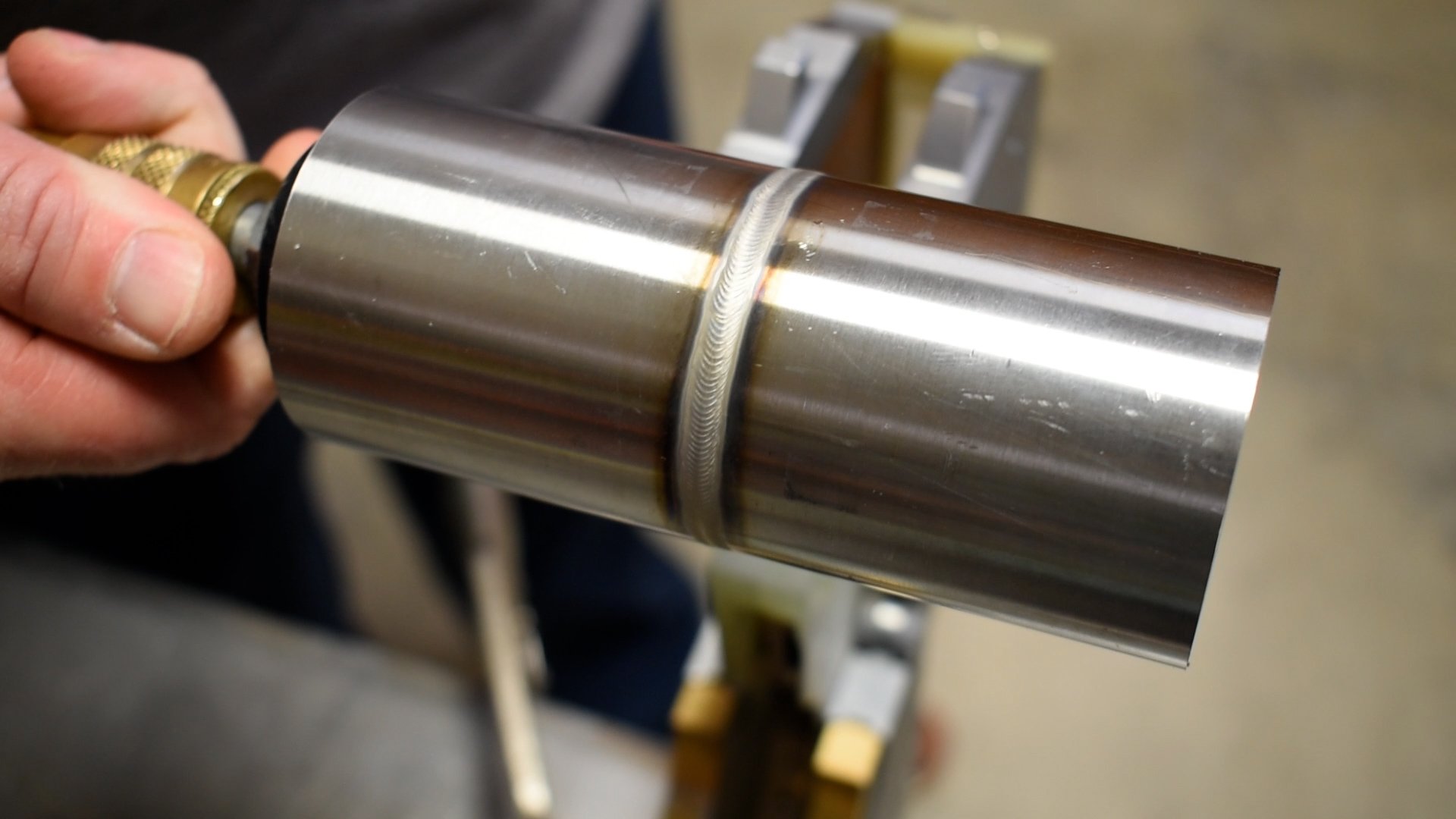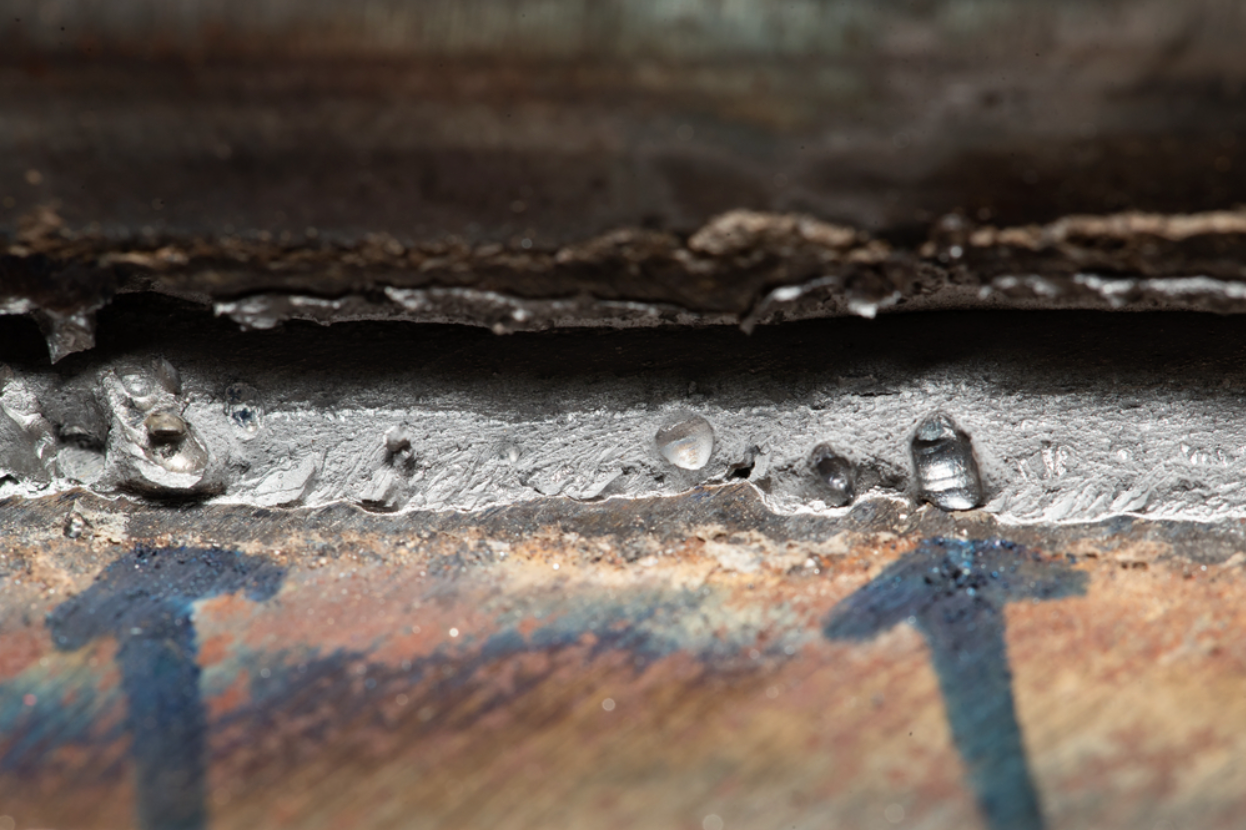Step-by-Step Overview to Preventing Weld Undercut in Different Metals
Step-by-Step Overview to Preventing Weld Undercut in Different Metals
Blog Article
Mastering the Art of Welding: Exactly How to Stay Clear Of Undercut Welding Issues for Flawless Construction Results
By understanding the origin triggers of undercut welding and carrying out reliable methods to stop it, welders can elevate their craft to brand-new degrees of excellence. In the search of flawless fabrication results, grasping the art of welding to stay clear of undercut issues is not simply a skill however a necessity for those aiming for excellence in their work.
Comprehending Undercut Welding

To protect against undercut welding, welders must ensure appropriate welding criteria, such as adjusting the present, voltage, traveling rate, and preserving the appropriate electrode angle. By recognizing the causes of undercut welding and carrying out preventive steps, welders can achieve top quality, structurally sound welds.
Root Causes Of Undercut in Welding
Understanding the aspects that add to damage in welding is essential for welders to produce high-grade, structurally audio welds. Damaging takes place when the weld steel does not effectively fill up the groove created in between the base steel and the formerly deposited weld metal. A number of elements can result in damage in welding. One common cause is excessive warmth input. Welding at heats for prolonged periods can lead to the base steel thawing even more than wanted, leading to damage. Inadequate welding existing or incorrect welding speed can likewise add to undercut. Not enough current may not supply enough warm to thaw the base and filler steels sufficiently, while excessive rate can avoid appropriate fusion, triggering undercut. In addition, incorrect electrode angles or incorrect lantern manipulation methods can develop areas of reduced weld steel deposition, advertising undercut. Recognizing these causes and implementing correct welding methods can help avoid undercutting concerns, making sure strong and long lasting welds.
Strategies to avoid Undercutting

To mitigate the threat of damaging in welding, welders can utilize tactical welding techniques aimed at improving the quality and stability of the weld joints. Furthermore, utilizing the right welding technique for the specific joint setup, such as weave or stringer grains, can add to lowering damaging.
Additionally, proper joint preparation, consisting of ensuring tidy base materials totally free of pollutants and utilizing the suitable welding consumables, is important in avoiding undercut defects. Utilizing back-step welding methods and controlling the weld bead profile can likewise help disperse warm evenly and minimize the threat of undercut. Regular evaluation of the weld joint during and after welding, in addition to carrying out quality control steps, can help in spotting and attending to damaging concerns without delay. By implementing these techniques carefully, welders can attain flawless manufacture results with minimal undercut issues.
Importance of Correct Welding Parameters
Choosing and keeping appropriate welding specifications is crucial for accomplishing effective welds with minimal problems. Welding specifications describe variables such as voltage, current, travel rate, electrode angle, and shielding gas flow rate that straight influence the welding procedure. These criteria should be very carefully readjusted based upon the sort of product being welded, its thickness, and the welding technique employed.
Correct welding specifications make certain the best amount of warm is related to melt the base metals and filler product evenly. If the criteria are established also high, it can lead to excessive warm input, creating spatter, distortion, or burn-through. On the various other hand, if the specifications are as well low, incomplete combination, lack of penetration, or damaging might happen.
Top Quality Guarantee in Welding Procedures

Verdict
In verdict, grasping the art of welding requires a detailed understanding of undercut welding, its causes, and strategies to avoid it. By guaranteeing proper welding criteria and carrying out top quality guarantee methods, flawless manufacture results can be attained. It is necessary for welders to regularly make every effort for quality in their welding operations to prevent undercut issues and generate premium welds.
Undercut welding, a common problem in welding procedures, dig this happens when the weld steel doesn't effectively fill up the groove and leaves a groove or clinical depression along the welded joint.To avoid undercut welding, welders should make certain appropriate welding criteria, such as adjusting the current, voltage, travel rate, and maintaining the right electrode angle. Inadequate welding inaccurate or present welding speed can likewise find more information add to undercut.To reduce the threat of undercutting in welding, welders can employ calculated welding strategies aimed at improving the top quality and integrity of the weld joints.In final thought, understanding the art of welding requires a comprehensive understanding of undercut welding, its reasons, and strategies to prevent it.
Report this page